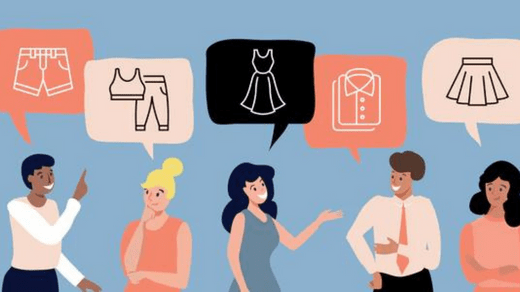Certainly! Here are 30 points discussing the life of a fashion designer, along with their pros and cons:
Behind the Seams: A Look into the Life of a Fashion Designer
Role and Responsibilities:
- Design Creation: Fashion designers conceptualize and create clothing and accessories.
- Research: They stay updated on fashion trends, fabrics, and techniques.
- Sketching: Designers often start with sketches to visualize their ideas.
- Fabric Selection: Choosing appropriate materials is crucial for the final product.
- Pattern Making: Creating patterns that guide garment construction.
Pros of a Fashion Designer’s Life:
- Creativity: Designers have a platform for creative expression.
- Innovation: They can introduce new styles and trends.
- Self-Employment: Some designers have the freedom to run their own labels.
- Global Impact: Fashion designers can influence global fashion trends.
- Collaboration: Opportunities to work with other creative professionals.
- Recognition: Successful designers enjoy recognition and fame.
Cons of a Fashion Designer’s Life:
- High Competition: The industry is highly competitive.
- Unpredictable Income: Earnings can vary widely, especially for newcomers.
- Long Hours: Designers often work long hours to meet deadlines.
- Pressure: High expectations and pressure to innovate can be stressful.
- Economic Challenges: Economic downturns can impact the fashion industry.
Education and Training:
- Formal Education: Many designers have degrees in fashion design or related fields.
- Apprenticeships: Some gain experience through apprenticeships.
- Continuous Learning: Fashion designers need to stay updated on industry trends.
Design Process:
- Concept Development: Designers start with a concept or inspiration.
- Sketching: They create detailed sketches of their designs.
- Pattern Making: Patterns guide garment construction.
- Sample Creation: Prototypes are made to test designs.
- Production: Final products are made for sale or runway shows.
Challenges in the Industry:
- Sustainability: The fashion industry faces criticism for its environmental impact.
- Fast Fashion Competition: Fast fashion brands can overshadow smaller designers.
- Originality: Maintaining unique design aesthetics can be challenging.
- Market Trends: Designers must navigate changing consumer preferences.
- Market Saturation: Many designers vie for limited market space.
- Balance: Striking a balance between artistic expression and commercial viability.
In conclusion, the life of a fashion designer offers creative fulfillment and the potential for global influence, but it also comes with high competition, economic challenges, and the pressure to innovate. Education and continuous learning are essential, and designers must navigate industry challenges while staying true to their artistic vision.
